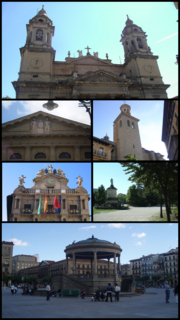Margarita Gómez-Acebo y Cejuela is the wife of Tsar Simeon II of Bulgaria, whom she married after his exile. As such, she is also sometimes styled Tsaritsa Margarita; in this context, she may be styled as Princess of Saxe-Coburg and Gotha and Duchess of Saxony, due to her husband's descent from those former ruling families. During her husband's tenure as Prime Minister of Bulgaria, she was sometimes referred as Mrs Margarita Sakskoburggotska. Since Simeon had been exiled as a child and Bulgaria never returned to being a monarchy, Simeon's wife and children never received any royal titles from Bulgaria.

Don José Ramón Rodil y Campillo, 1st Marquess of Rodil and 3rd Viscount of Trobo was a Spanish general and statesman, born in Santa María del Trovo, Galicia region. Originally a law student at the University of Santiago de Compostela, he enlisted in the Spanish army and went to Peru in 1817 as one of the commissioned officers in the fight against the pro-independence nationalist forces. He also served as Prime Minister of Spain from 17 June 1842 to 9 May 1843.

Zenón de Somodevilla y Bengoechea, 1st Marquess of Ensenada, KOGF, KOC, KOM, OSJ, commonly known as the Marquess of Ensenada, was a Spanish statesman.
Fernando de Santiago y Díaz de Mendívil, OCIII, OSH was a conservative deputy and interim prime minister of Spain during the Spanish transition to democracy in the late 1970s. He had earlier been a general in the Spanish Civil War and under the Spanish State of Caudillo Francisco Franco.

Jacobo Fitz-James Stuart y Falcó, 17th Duke of Alba, GE, KOGF, OCIII, GCVO, LH, OL was a Spanish noble, diplomat, politician and art collector. He was one of the most important aristocrats of his time, and held, among other titles, the Dukedoms of Alba de Tormes and Berwick, the Countship of Lemos, Lerín and Montijo and the Marquessate of Carpio. He was also a Knight of the Order of the Golden Fleece of Spain in 1926.
Julián Juderías y Loyot was a Spanish historian, sociologist, literary critic, journalist, translator and interpreter.

Pedro Fernández de Castro "the Castilian" was a Castilian nobleman, son of Fernando Rodríguez de Castro and Estefanía Alfonso la Desdichada. He inherited the Infantazgo of León from his parents and was mayordomo mayor of Fernando II and his son Alfonso IX of León.

The Ateneo de Madrid is a private cultural institution located in the capital of Spain that was founded in 1835. Its full name is Ateneo Científico, Literario y Artístico de Madrid.

The General Archive of the Crown of Aragon, originally Royal Archives of Barcelona, is an archive containing the background documents of the institutions of the former Crown of Aragon and currently also contains other historical resources.
The Mayordomo mayor was the Officer of the Royal Household and Heritage of the Crown of Spain in charge of the person and rooms of the King of Spain. The Office of “Mayordomo mayor” was suppressed after the proclamation of the Second Spanish Republic in 1931 and never re-created after the restoration of the Monarchy in 1975, but it can be said that it is the historical precedent of the modern Head of the Royal Household of Spain.
The Sumiller de Corps was the Officer of the Royal Household and Heritage of the Crown of Spain in charge of the more intimate and inner rooms of the King of Spain. He was responsible of the most immediate service to the Monarch. This Office was suppressed after the proclamation of the Second Spanish Republic in 1931 and never re-created after the restoration of the Monarchy in 1975.

Cipriano de Palafox y Portocarrero, 13th Duke of Peñaranda del Duero, 18th Count of Teba, 8th Count de Montijo, GE, LH, was a Spanish nobleman, politician, and soldier. From 1837 to 1838 he served as senator for the province of Badajoz and was also a Freemason. Pro-French in his outlook, he fought for Joseph Bonaparte whilst the latter was king of Spain, losing an eye in battle and being honoured in Paris by Joseph's brother Napoleon I. After the death of his elder brother Eugenio Palafox y Portocarrero, Cipriano inherited the county of Montijo and the lordship (señorío) of Moguer. He befriended the famous French writer Prosper Mérimée during the latter's time in Spain.
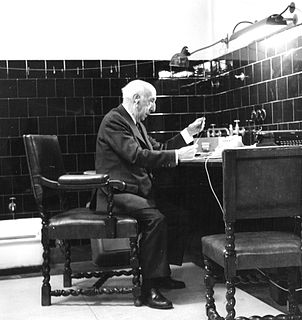
José Ortiz-Echagüe was a Spanish entrepreneur, industrial and military engineer, pilot and photographer, founder of Construcciones Aeronáuticas SA (CASA) and Honorary lifetime President of SEAT. He was also nominated Gentilhombre de cámara con ejercicio during the reign of the King of Spain Alfonso XIII.
Julio Mario Luqui-Lagleyze is an Argentine historian. Born in Buenos Aires in 1959 received a degree in History in 1982. He specializes in Hispano-American Military and Naval History and Military Museology. He is currently studying for his PhD in History at the Universidad Católica Argentina.
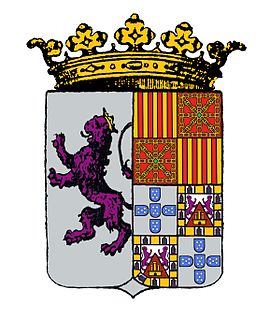
The House (Casa) de Silva Fernández de Híjar Portugal had its origin from the marriage ties of the house de Silva, with the house of Fernández de Ixar [from doña Isabel (1620-1700) descendant of don Pedro Fernández de Ixar (1245-1299), natural child of the king don Jaime I d’Aragon called “The Conqueror” and of doña Bereguela Fernández, granddaughter of don Alfonso IX de Leon, by matrilineal descent] and the House de Portugal [from doña Ana (1570-1629) (descendant from doña Isabel de Portugal natural child of don Fernando I of Borgogna king of Portugal]. Marriage ties which created one of the most ancient, important, and richest families of Spain and Portugal. A family which has given a great number of Grandes of Spain, viceroys, famous military figures, politicians, statesmen, clergymen, saints, scholars, artists, architects; to the kingdom first and to the Spanish Empire later, to nowadays.
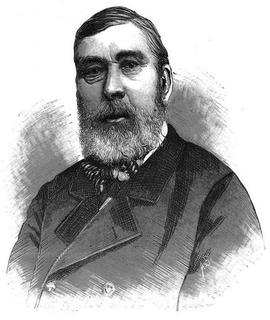
Jean Laurent or, in Spanish, Juan Laurent Minier; sometimes simply J. Laurent was a French photographer who mostly worked in Spain.

Campuzano Polanco was an elite family from the colony of Santo Domingo with origins in Santiago de los Caballeros. Unlike any other family from the colonial era of the Hispaniola, their members and descendants went on to occupy the highest political, military and ecclesiastical positions, not only locally and outside the Island, but also in the metropolis of Spain. Their list of merits extends for over 300 years since the beginning and until the end of the colony.

José Gabriel de Silva-Bazán y Waldstein, 10th Marquess of Santa Cruz de Mudela, was a Spanish noble, first Director of the Prado Museum between 1817 and 1820 and Mayordomo mayor between 1822 and 1823.
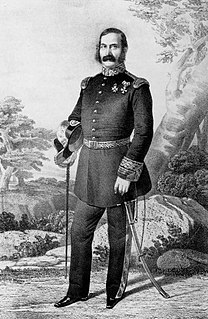
Francisco Manuel Rui-Gómez y Dañobeitia, 5th Marquess of San Isidro, OSH, KOS, CMM, OM was a Spanish peer, army officer, politician and intellectual who fought for the Liberals in the Carlist Wars and later served as Senator for the Province of León as well as Senator for life in 1864.



